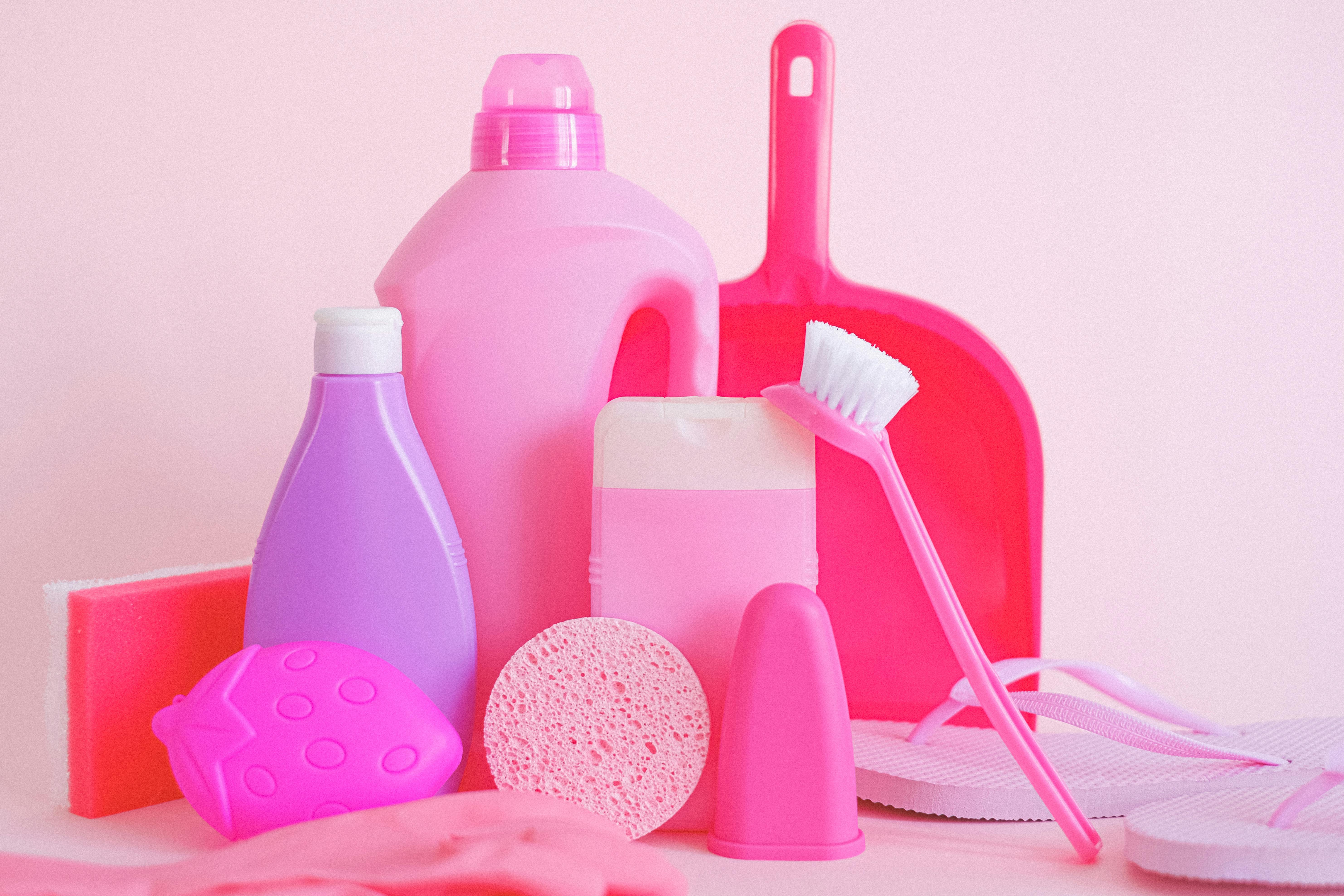Culture is a dynamic force that complements the pattern of life in a society. It reflects the procession of time and the intersecting patterns of migratory influences in the arts and other progressions of life.
Ancient Tamil Nadu, in the southern part of India, consisted of three kingdoms, the Chera, Chola and Pandya. The Chera kingdom roughly corresponds to the area of the present state of Kerala, the Chola corresponds to the northern area of Tamil Nadu and the Pandya to the southern area of Tamil Nadu.
Chola kingdom its capital Thanjavur can be called the gift of Cauvery. The word Thanjavur reflects the meaning of “a place of refuge” (thanjam) in Tamil. The land of Tanjore has been a background of mythology, the God of Wealth, Kubera ruled from this place.
During the reign of Rajaraja Cholan, many Andhra sculptors and painters came to Tanjore. The Vaishnavite element in the paintings went into the “chitrakootam”. The walls of the Ramaswamy temple in Kumbakonam were painted with the Ramayana episode and the Ramar Pattabhishekam scene painted there was adopted by Andhra painters for Tanjore Painting.
The artists of the Tanjore painting were of Telugu origin. There are two main communities of these families, Rajus in Thanjavur and Trichy and Nayudus in Madurai. Both are from the Andhra area and came to Thanjavur and Madurai seeking patronage after the breakup of the Vijayanagar Empire. FR Hemingray in the Madras District Gazette, Madras 1906, reports that “the men of the Raju caste paint very well in Tanjore. They paint on wooden tablets or beautifully smooth cloth with a paste of powder and gum and their drawing is correct.” and the dyes used are astonishingly delicate and uniform.” This is a reference to the early Tanjore painting artists of Tanjore.
Timelessness is one of those words that floats around happily, it’s a quality we generally assume “great art” has, while lesser works of art don’t.
Quoting an essay, “Great art always has two qualities in relation to temporality. It is of its moment: any art cannot help but be shaped by the realities of the age it reflects, but great art also shapes its moment, and it does so in a way unlike the great art of an earlier era. It’s timely. At the same time, great art transcends its moment, communicating powerfully long after it’s created. It’s timeless.”
Tanjore Painting is closely associated and interrelated with Hinduism, its tradition, puranas and epics.
The pillar is God and Goddesses who were worshiped since time immemorial. The first painters were called to paint the walls of the temples, palaces, durbar halls with mythological and puranic themes. Painters were also asked to paint portraits of the royal family. They were on the royal treasury payroll.
The art of painting was generally hereditary. Training in painting was passed down from generation to generation, passed down to the family by the older and more experienced. In an orthodox teaching method that involves a combination of tradition and innovation, the training covers a period of three years.
In the first year, after an auspicious initiation, the student is taught to prepare freehand designs, including the various mudras of the Deities, the outline of the Deities, flowers and animals, curtains, ornaments, angels in line drawings. . Along with the pencil drawings, the outlines of the various parts of the body, proportion, clothing such as dhotis, saris and ornaments are taught. Subsequently, the practice of brushing begins. Pencil models are also taught. in conjunction with and immediately after brush practice, the application of color tones is taught.
Today, Tanjore’s paintings are made on a wooden board, richly embossed with 22-carat gold foil, embellished with semi-precious stones. A variety of subjects, from Hindu gods/goddesses to Jesus, Mother Mary, and jewelry and musical instruments are depicted in today’s tanjore paintings.
At Timeless Tanjore, we strive to make each painting timeless. Our focus on high-quality materials such as termite and waterproof kitply wood base, original 24 karat gold leaf, 100% genuine Jaipur gemstones and natural paint pigments ensure your Tanjore painting will endure. the test of time. Divine themes also demand that the painting be of a beautiful and admirable nature, and we make sure that each painting evokes our devotion and steals the hearts of the viewers.
We also take Tanjore Painting classes in Bangalore.
Visit http://www.timelessstanjore.com for more details on Tanjore Paintings and Tanjore Painting classes.
